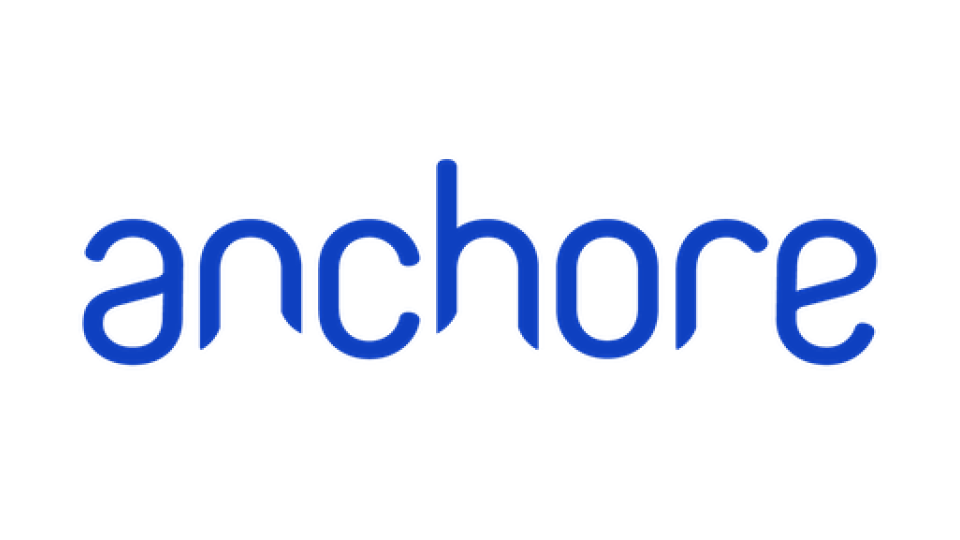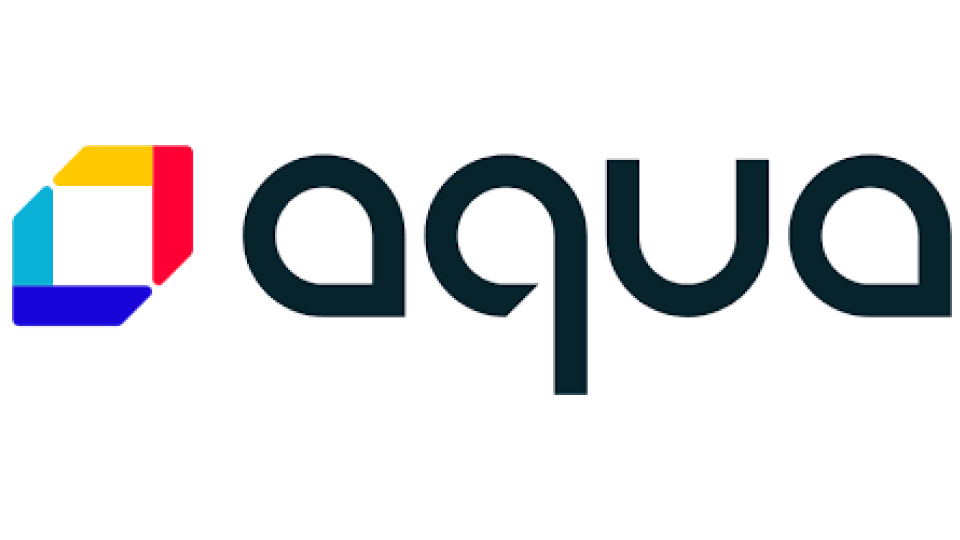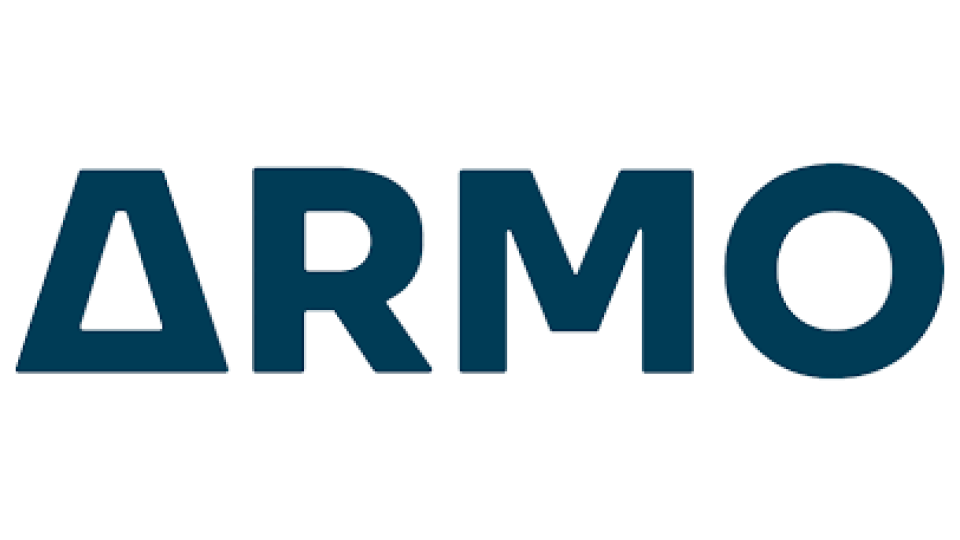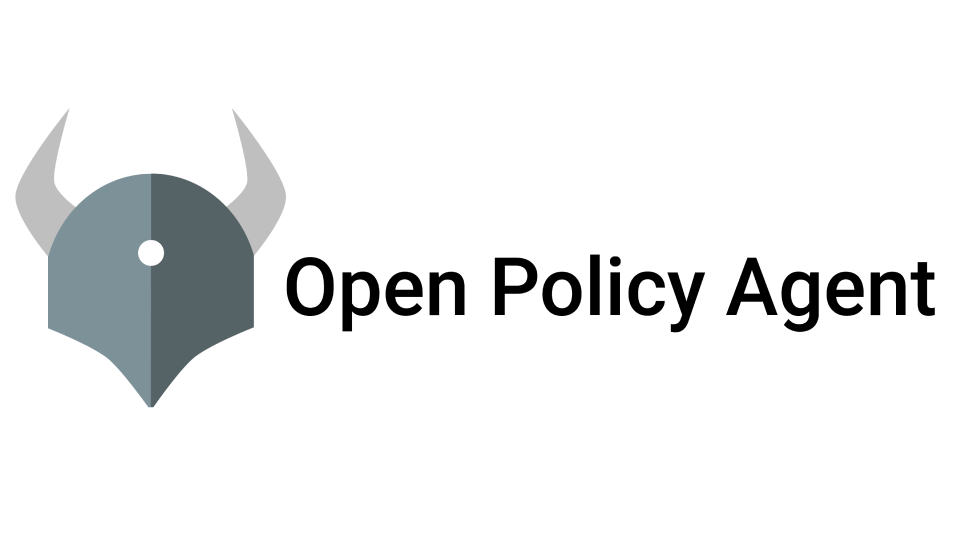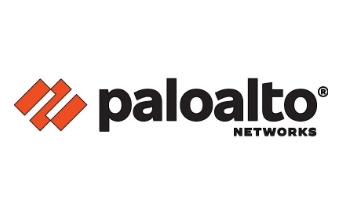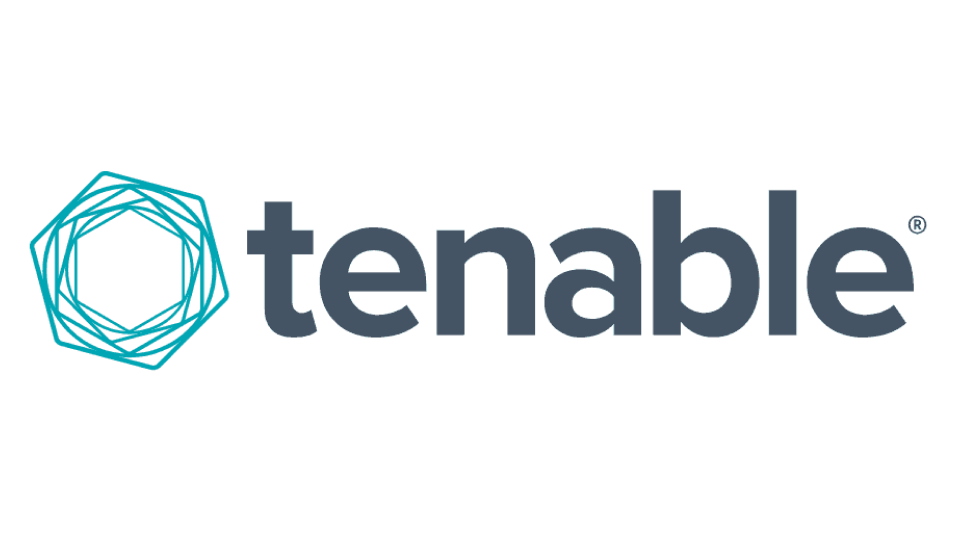Adopting the Kubernetes platform for container orchestration can bring a wealth of benefits, but it also introduces new security challenges. Kubernetes security solutions aim to combat these, helping organizations to ensure their environments are safe and compliant. To achieve this, these solutions provide features like real-time visibility into deployment environments, container network traffic monitoring, vulnerability scanning, admission control, and attack detection and response.
Kubernetes security solutions can vary in their approach and features. Some are focused more on anticipating and preventing potential threats, while others concentrate on detecting attacks and responding to them swiftly and effectively. Many also use machine learning and artificial intelligence to increase their abilities to detect anomalous behaviors within the Kubernetes environment that could indicate a potential security threat.
In this article, we’ll explore the top Kubernetes security solutions designed to help you protect your container orchestration environments. We’ll highlight the key use cases and features of each solution, including traffic monitoring, vulnerability scanning, access controls, and threat detection and response. Note that a lot of the commercial products in this space are built on—or provide support for—open-source projects, most of which are developed under the Cloud Native Computing Foundation (CNCF). We’ve made a note of these projects where that’s the case.



